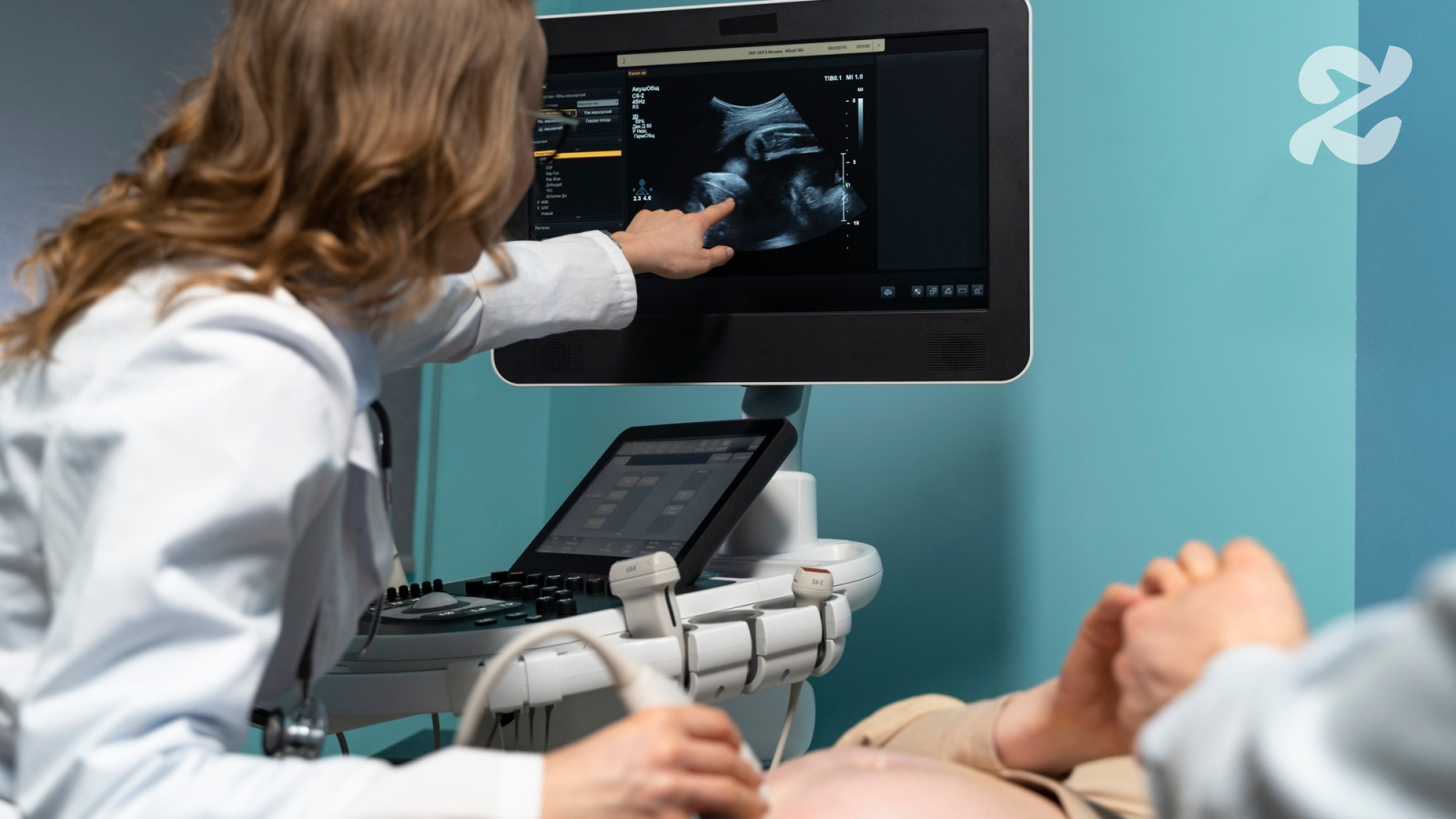Why pregnant women should avoid x-rays
X-rays, scanners and other medical imaging uses ionizing radiationthat is, waves capable of passing through the body to produce an image of our bones, our lungs or our teeth. In practice, certainly, but this radiation can also, in theory, interact with dividing cellslike those of the fetus.
For this reason it is preferable to avoid x-rays during pregnancy, especially in the first three months, when the baby’s organs are forming. It’s not that they are dangerous per se, but the risk, even small, justifies limiting exposure.
That said, not all radios are created equal. A dental x-ray, for example, has nothing to do with an x-ray of the pelvis or abdomen: in the first case the radiation is minimal and localized far from the uterus; in the second they can directly affect the area in which the child develops. Doctors therefore apply the principle “as little as possible, but only if necessary”.
What would happen if you had an x-ray without knowing you were pregnant?
This is probably the most common scenario. You’ve had a toothache, a persistent cough, or a slight fall, and hey, go to the radio. A few weeks later, positive pregnancy test and then… panic.
Rest assured: in 99% of cases, an x-ray taken before knowing the pregnancy presents no danger to the baby. Radiation doses used in medical imaging are very low, well below thresholds that could cause problems.
Specialists also point this out for a chest or pelvic x-ray the risks remain extremely limited. If there has been exposure of the abdominal area, your doctor may ask you to dose calculation, that is, an estimate of the quantity of rays received. In the vast majority of cases, the verdict is the same: no consequences to fear and no need for special follow-up.
Good reflexes if an x-ray is needed during pregnancy
The password: impede. Before any tests, tell your doctor or dentist that you are pregnant or may be pregnant. This will allow him to adapt the protocol: postpone the examination or choose a non-ray alternative, e.g ultrasound OR magnetic resonance imagingthat are safe.
If the x-ray is really essential (for a fracture or an infection, for example), the medical team will use lead protection to prevent the belly from being exposed. It’s the same thing for dental x-rays: when they are necessary we always protect the abdominal area.
A question of balance, not of prohibition
X-rays during pregnancy are not prohibited, but framed. The priority always remains the mother’s health, because even an undiagnosed lung infection or a poorly treated fracture can represent a risk for the baby.
So, if you had an x-ray without knowing it: don’t feel guilty, don’t panic. Talk to your doctor, explain the circumstances and let him evaluate the situation.
To give you an idea: a dental x-ray exposes approximately 0.005 millisievertsOR a hundred times less compared to the radiation received during a Paris-New York flight.
Add Madmoizelle to your favorites on Google News so you don’t miss any of our articles!
Source: Madmoizelle
Mary Crossley is an author at “The Fashion Vibes”. She is a seasoned journalist who is dedicated to delivering the latest news to her readers. With a keen sense of what’s important, Mary covers a wide range of topics, from politics to lifestyle and everything in between.





